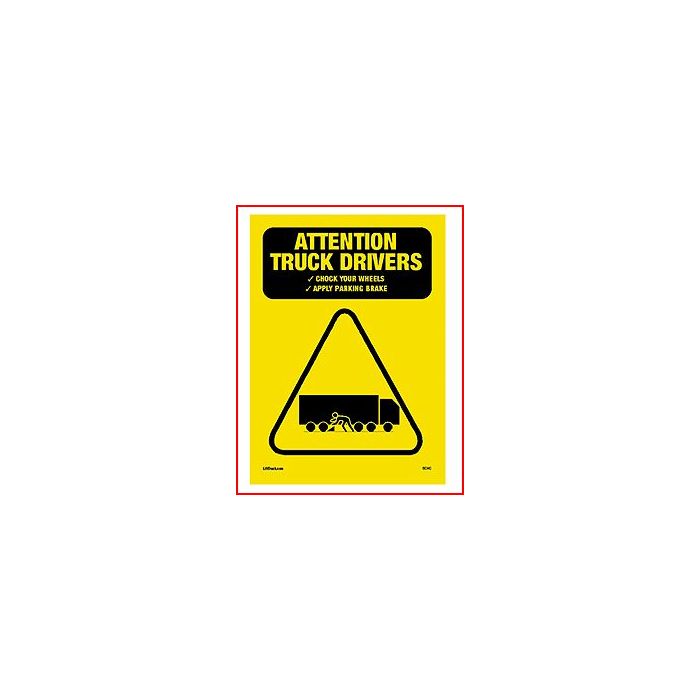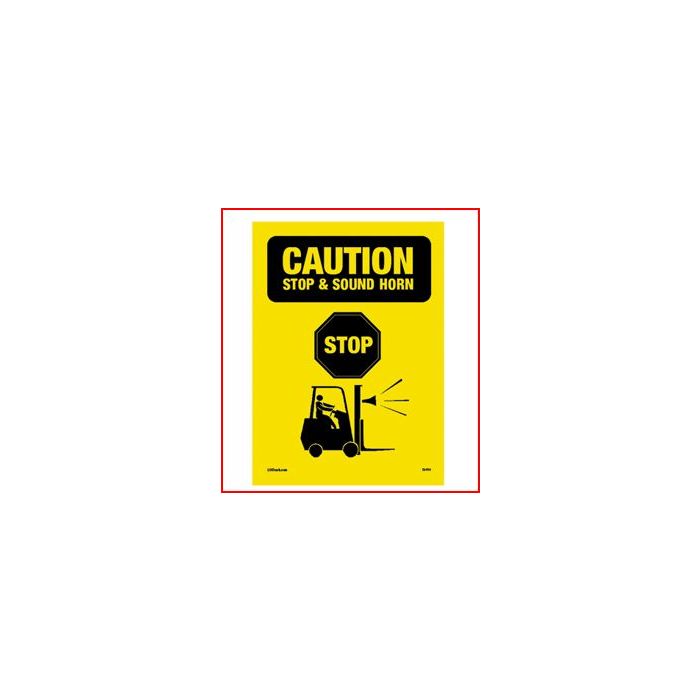Comprehensive Guide to Forklift Truck Safety Signs for Safe Workflow
Comprehensive Overview of Forklift Vehicle Safety Indicators and Their Influence On Security Culture
The assimilation of forklift vehicle safety and security indicators within operational environments is critical in shaping an organization's security society. By examining various types of safety signs and their calculated placement, one can uncover the nuanced ways they influence worker behavior and understandings of danger.
Relevance of Safety Signs
Safety indications play a critical role in maintaining functional effectiveness and guaranteeing the health of workers in atmospheres where forklift trucks are used. These signs function as essential interaction devices that communicate important information concerning possible threats, functional treatments, and safety and security procedures. By clearly marking areas where forklift procedures prevail, security signs aid to lower the danger of accidents and injuries.
In high-traffic settings, such as stockrooms and distribution centers, the presence of safety and security signs effectively guides both operators and pedestrians, advertising awareness of their environments. This heightened awareness is essential for protecting against accidents and guaranteeing that individuals abide by established safety and security procedures. Additionally, safety and security indications can strengthen training programs by giving visual reminders of risk-free techniques and treatments.
The execution of properly designed security indications likewise adds to cultivating a culture of security within the office. When employees observe and respect these indications, it grows a common responsibility for preserving a safe atmosphere. Inevitably, the significance of security indicators expands past plain compliance; they are important to developing an aggressive safety attitude that focuses on the health and wellness of all personnel associated with forklift operations.
Types of Forklift Safety Signs
Effective interaction of security details is paramount in environments where forklift vehicles run, and different types of security indications play an essential role in this interaction. Forklift Truck Safety Signs. These signs are created to share important safety and security guidelines, cautions, and details quickly and efficiently, guaranteeing that all employees understand possible dangers and risk-free operating procedures
The key sorts of forklift safety and security indicators include warning indicators, which sharp employees to prospective dangers such as overhanging tons or unsteady surfaces; prohibition signs, which show actions that are not permitted, such as unapproved personnel in forklift operating areas; and obligatory indications, which specify called for actions, such as putting on personal safety devices. Additionally, details indications provide crucial details concerning operational treatments, while directional indications direct employees safely around the worksite.
Each sign kind is characterized by standard colors and icons, enhancing visibility and comprehension. By using these different sign kinds, organizations can create a detailed safety interaction system that promotes a culture of safety and security and understanding among all employees. This proactive approach not just helps in reducing crashes however also adds to a more reliable and responsible workplace environment.

Style Principles for Performance
Creating impactful forklift safety indications calls for adherence to numerous design principles that boost their effectiveness. Quality is extremely important. Indicators must communicate messages in simple, straight language, using widely acknowledged symbols. This makes sure that all personnel, no matter language effectiveness, can recognize the desired message quickly.
Shade option plays an important role in indicator style. High-contrast shades, such as yellow for care and red for danger, must be employed to attract interest and show seriousness. In addition, the size and presence of the indication are important; they have to be big enough to be seen from a range, guaranteeing that drivers have adequate time to react to the details provided.
Additionally, uniformity in design throughout all security indications reinforces recognition and understanding. Making use of a basic format, font style, and iconography helps to create a natural security message throughout the workplace. Including feedback from workers throughout the design process can enhance the indicator's relevance and acceptance, cultivating a positive security society. By adhering to these principles, companies can make certain that forklift safety indications properly communicate crucial safety info, inevitably adding to a safer workplace.
Strategic Positioning of Signs

It Recommended Site is additionally vital to consider the elevation and angle of the indications to stay clear of obstructions and guarantee readability from numerous distances. Indications ought to be placed at eye level when possible, and reflective materials can enhance exposure in low-light problems. Additionally, employing a mix of fixed and dynamic signs, such as electronic display screens that can relay real-time details, might better improve recognition.

Gauging Influence On Safety Society
Evaluating the influence of forklift security join safety and security culture entails a methodical approach to collect and analyze pertinent data. This analysis begins with developing baseline security metrics prior to the application of safety signs. Key performance signs (KPIs) such as occurrence prices, near-miss reports, and staff member feedback ought to be recorded to promote comparison post-implementation.
Consequently, a longitudinal study can be performed to check adjustments in safety and security habits and mindsets with time. Studies and surveys can be dispersed to workers to determine their awareness and understanding of safety and security signs, in addition to their perceptions of the work environment security society. This qualitative information can complement quantitative metrics, providing a holistic sight of the modifications attributable to the signage.
Additionally, normal safety audits can be carried out to examine conformity with the signage, ensuring that the indications are not just existing yet additionally effectively integrated into everyday operational informative post operations. Evaluating data gathered from these audits can disclose patterns and areas for improvement, inevitably making it possible for companies to improve their safety and security methods. By measuring the effect of safety and security indicators, companies can cultivate an aggressive safety and security society that focuses on worker wellness and functional effectiveness.
Conclusion
To conclude, forklift vehicle safety and security indications are important components of work environment security culture, effectively communicating dangers and needed safety measures - Forklift Truck Safety Signs. Their different types, clear design principles, and tactical positioning significantly enhance visibility and comprehension, promoting awareness in high-traffic locations. By advertising a cumulative responsibility for safety and security and routinely assessing their effectiveness, organizations can cultivate an aggressive safety society, eventually resulting in a decrease in accidents and injuries, therefore ensuring a safer working setting for all employees